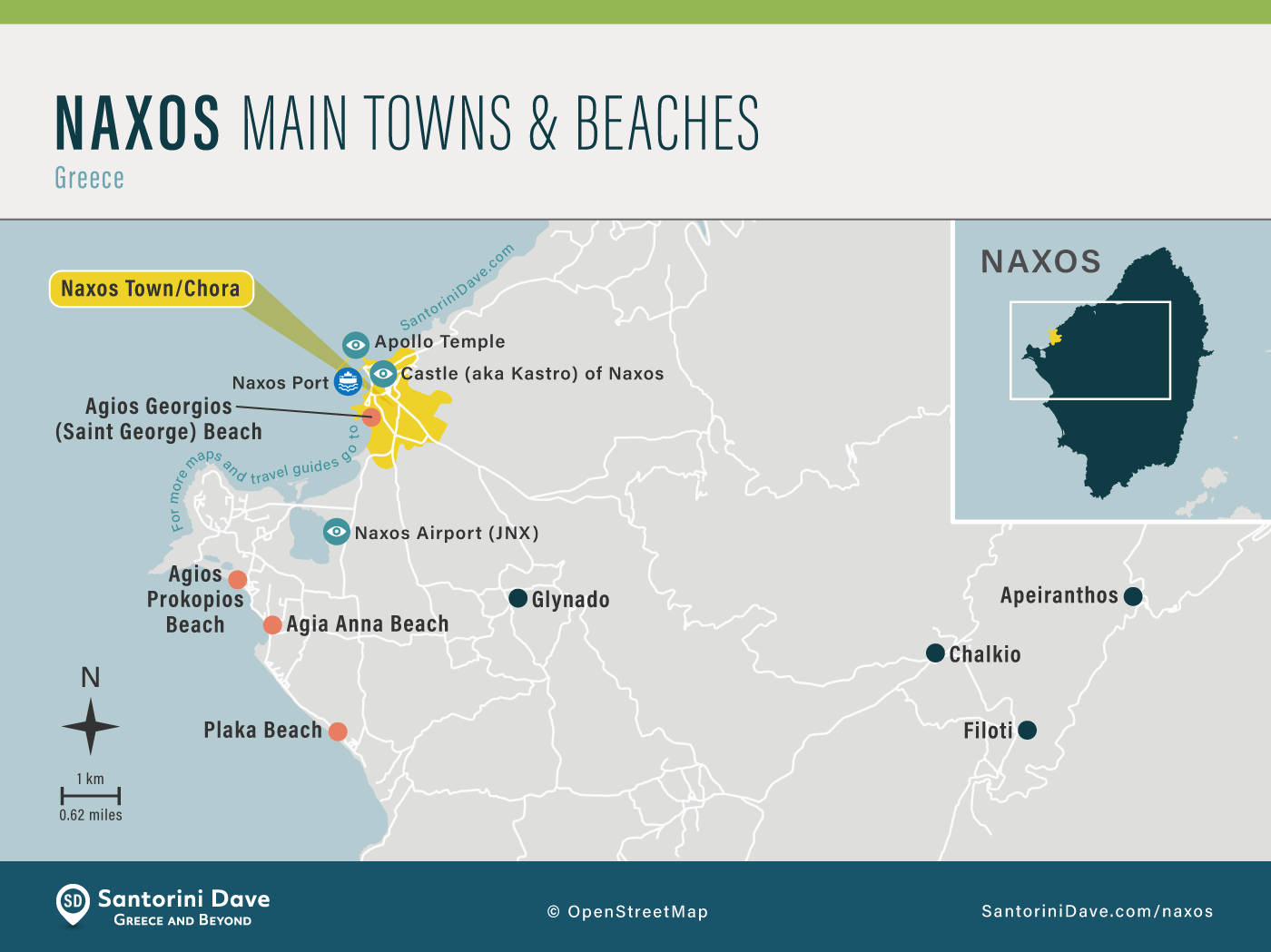


Construction on the temple began in the 6th century BC but was never finished. You'll also visit the Portara, the entrance to the Temple of Apollo. The temple was constructed in 530 BC, during the tyranny of Lygdamis, and represents a precursor of classical Athenian architecture. Visit a sanctuary where deities of fertility were worshipped, particularly the goddess Demeter, or a two-aisled Ionic temple. This morning, you'll journey into the past with an excursion to the Gyroula archaeological site, close to the village of Sangri and an important Naxos landmark. If you're looking for a break from Greek food in the evening, the seasonal Picasso Mexican restaurant on Plaka beach has been drawing loyal visitors to its fresh fajitas and margaritas for more than 20 summers.ĭay 7: Naxos Archaeological Tour Portara at sunset This former Byzantine church is best known for the remnants of its historic murals. Don't miss a visit to the nearby Agia Kyriaki church, located within hiking distance beyond the village.

Have a coffee on the pedestrian-only main street and soak in a slower pace of life, and get lost in the village's winding pathways that crawl up and down the mountainside. Most of the village can only be accessed on foot. The local dialect is believed to contain both ancient Greek and Byzantine elements. Also known as the Marble Village, its winding streets and traditional architecture have been nearly untouched since the days of the Venetians, as has its language. This fantastical spot is situated at the foot of the Fanari Mountain, the island's third-highest peak. Today, you'll have an opportunity to travel to the village of Apiranthos. Day 6: Explore Apiranthos Village Aerial view over Naxos


 0 kommentar(er)
0 kommentar(er)
